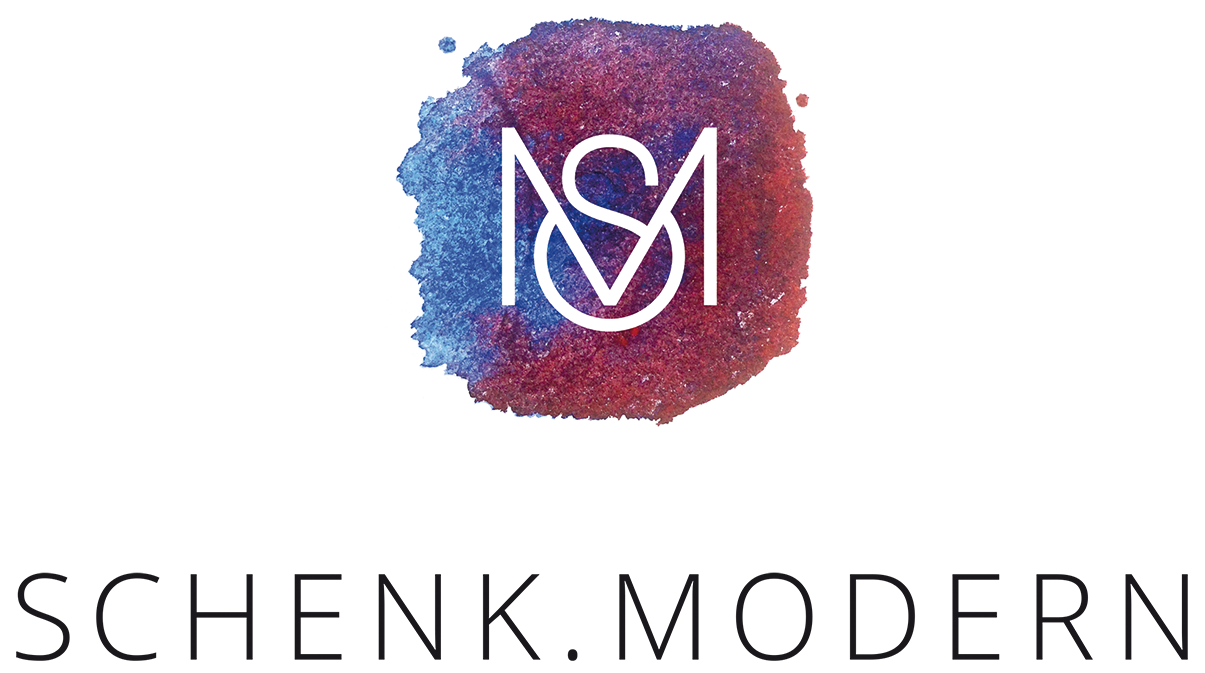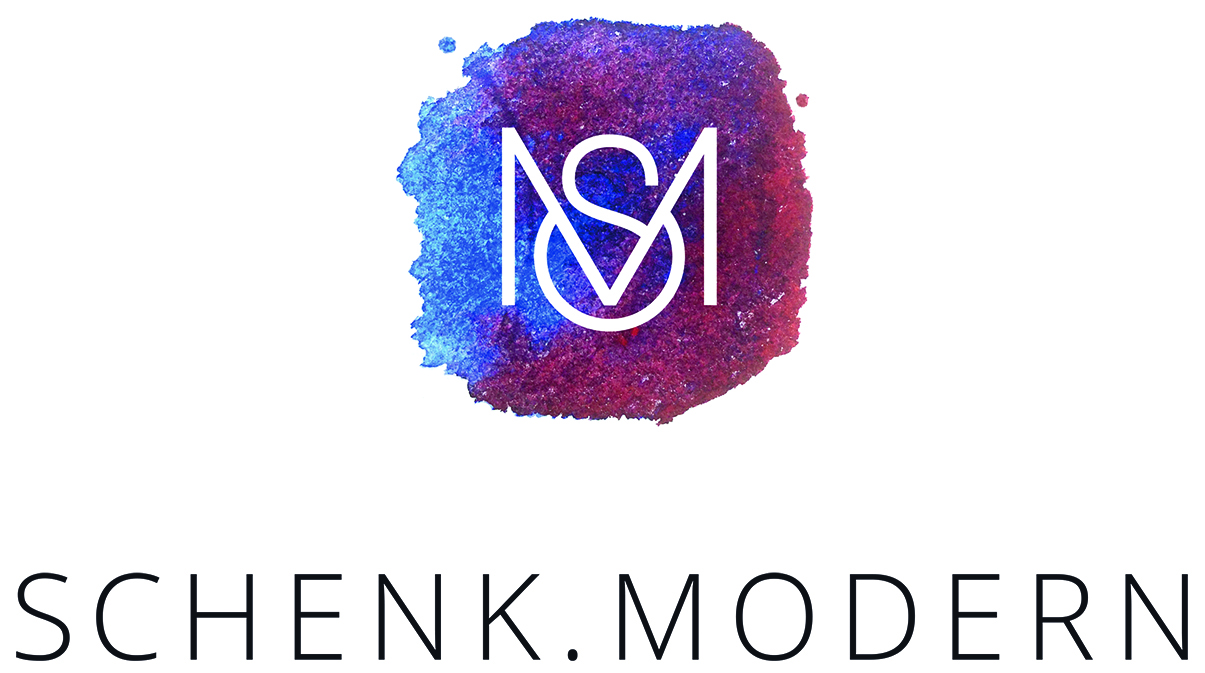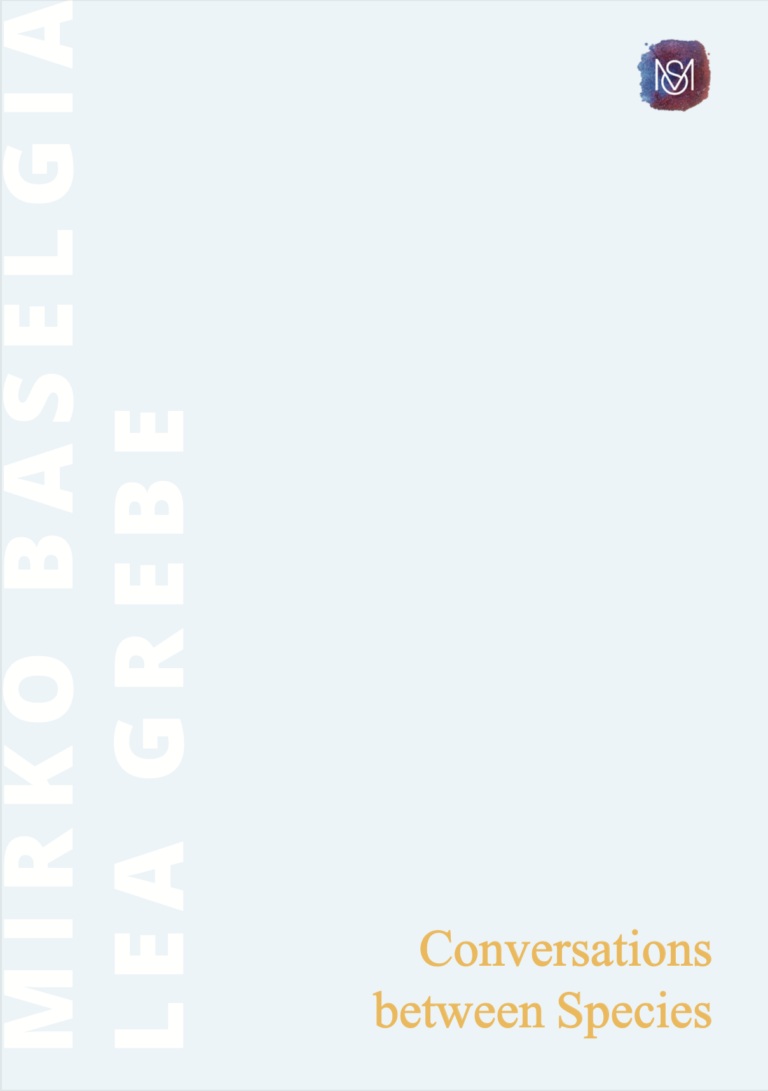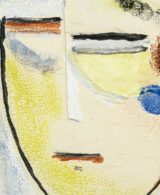PAPER POSITIONS. BERLIN
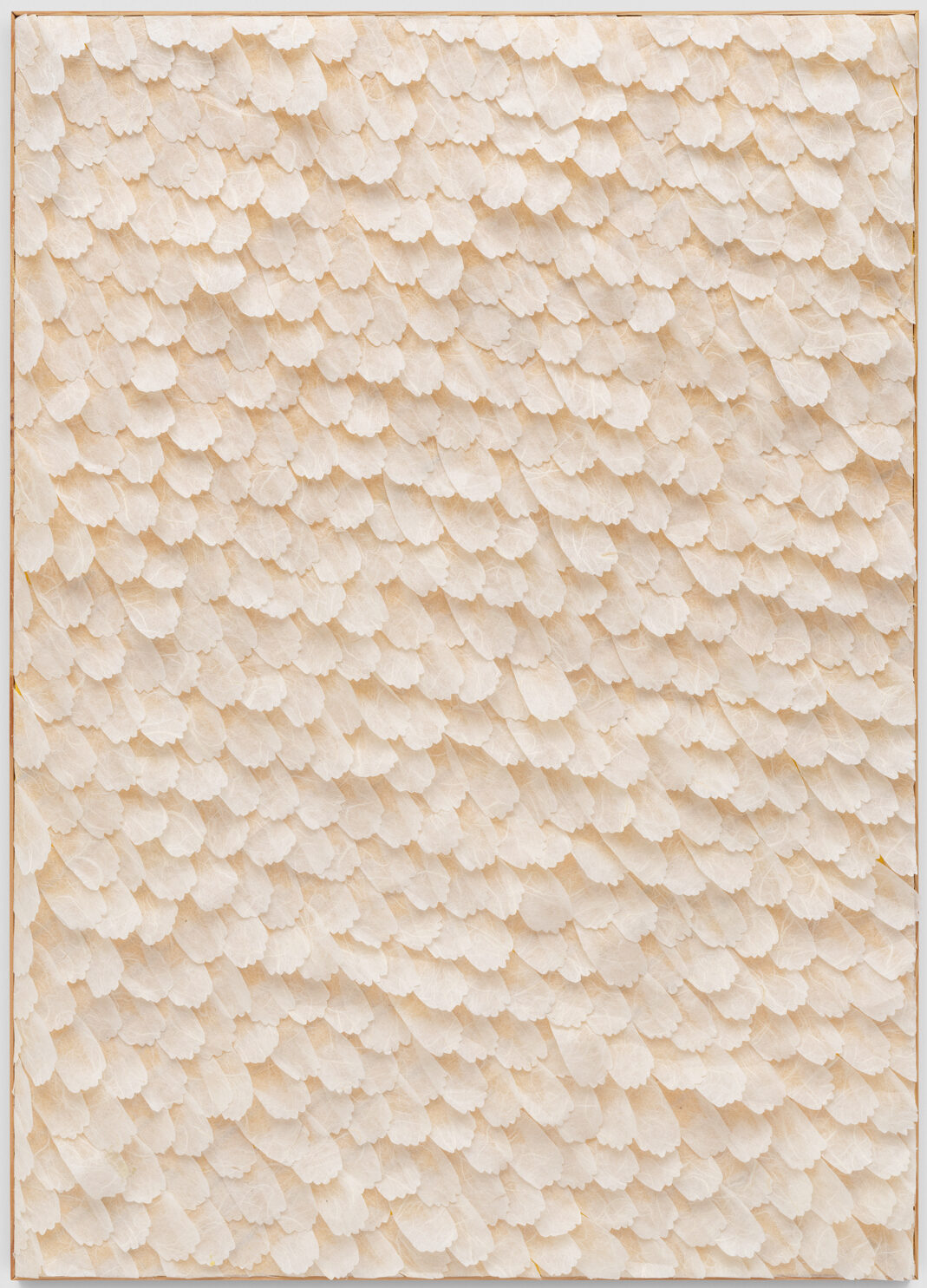
Conversations between Species
25th - 28th April 2024 - paper positions.Berlin
Mirko Baselgia
Lea Grebe
The end of the 20th century saw the emergence of anthropological and philosophical research by thinkers such as Bruno Latour and Emanuele Coccia, which demonstrated a desire to transcend the dualism between nature and culture. Contemporary artistic production also investigates the relationship between man and nature from different perspectives and opens the door to the imagination of new ways of living this relationship. Indeed, at a time when the ecological crisis can no longer be confined to an ideological debate or scientific research, this issue naturally also becomes a cultural question. In fact, culture and artistic production can inspire change, shift hearts and minds, challenge dominant paradigms and imagine and create new ways of living. Culture has the transformational power to create the system change needed to tackle the twin climate and biodiversity crises within a framework that recognises the interdependence of all living beings. Lea Grebe and Mirko Baselgia are among the contemporary artists who seek to overcome the dichotomies between nature and culture, between art and science, and who see the natural world and other forms of life as an endless source of inspiration for specific creative faculties, life-supporting structures and systems and mechanisms of cooperation and regeneration that guarantee survival, prosperity and resilience. For them, the organisation of the plant and animal worlds provides alternatives for imagining and realising new social structures, finding in nature the cues for our own transformation. Lea Grebe’s works from the series Schwarmstudie and Schwarmbewegung explore the movement patterns of swarms, highlighting the idea of collectivity and of a fluctuating state. The result of a process of abstraction, the drawings nevertheless always belong to a neutral ‘non-space’, open to a multitude of interpretations. The works of her series Brut depict strange forms, reminiscent of cocoons and thus the metamorphic process of pupation. The hatched forms are surrounded by elements that resemble an independent ecosystem. Sometimes they resemble protective shells, sometimes fragments of a hostile habitat. Just hatched, the forms are fragile, breakable and preoccupied with themselves and their metamorphosis. It remains unclear whether they have already found their final form or whether they are still in a state of ongoing change. The works Conzentraziun (2019), Little White (2020) and Green Square (2020) are part of an ongoing series of works showing Mirko Baselgia’s interest in the issues related to skin. Scanning electron microscope (SEM) images of animal skins, such as fishes or butterflies, have served as inspiration to create the dynamic compositions. Baselgia’s interest in butterflies is also linked to his reflections on biodiversity, as these insects are increasingly being recognised as valuable environmental indicators. His series Tartaruga (2021) – turtle in Romansh – highlights a visible manifestation of the passage of time, showing the turtle shells as the material expression of their biography. The use of old newspapers for the realisation of the high reliefs not only suggests a more judicious use of the resources at our disposal, but also offers the possibility to take a critical look at the world of information and to point out the necessity to foster new narratives.
Lea Grebe und Mirko Baselgia gehören zu den zeitgenössischen Künstlern, die die Dichotomien zwischen Natur und Kultur, zwischen Kunst und Wissenschaft überwinden möchten und die Natur und andere Lebensformen als unerschöpfliche Inspirationsquelle für spezifische schöpferische Fähigkeiten, lebenserhaltende Strukturen und Systeme sowie Mechanismen der Kooperation und Regeneration sehen, die Überleben, Wohlstand und Widerstandsfähigkeit garantieren. Für sie bietet die Organisation der Pflanzen- und Tierwelt Alternativen für die Vorstellung und Verwirklichung neuer sozialer Strukturen, wobei sie in der Natur die Anhaltspunkte für unsere eigene Transformation finden.
Lea Grebes Arbeiten aus der Serie Schwarmstudie (2015) und Schwarmbewegung (2023) erforschen die Bewegungsmuster von Schwärmen und verdeutlichen die Idee von Kollektivität und einem flutenden Zustand. Die Zeichnungen sind das Ergebnis eines Abstraktionsprozesses und gehören dennoch immer zu einem neutralen „Nicht-Raum“, der für eine Vielzahl von Interpretationen offen ist. Die Werke ihrer Serie Brut (2023) zeigen fremdartige Formen, die an Kokons und damit an den metamorphischen Prozess der Verpuppung erinnern. Die geschlüpften Formen sind von Elementen umgeben, die einem eigenständigen Ökosystem gleichen. Sie erinnern manchmal an schützende Hüllen, manchmal an Fragmente eines feindlichen Lebensraumes. Gerade erst geschlüpft, sind die Formen fragil, zerbrechlich und mit sich und ihrer Metamorphose beschäftigt. Unklar bleibt, ob sie ihre endgültige Form schon gefunden haben oder sich noch in fortwährendem Wandel befinden.
Die Werke Conzentraziun (2019), Little White (2020) und Green Square (2020) sind Teil einer fortlaufenden Serie von Arbeiten, die Mirko Baselgias Interesse an Themen rund um die Haut zeigen. Rasterelektronenmikroskopische Aufnahmen von Tierhäuten, wie die von Fischen oder Schmetterlingen, dienten als Inspiration für die dynamischen Kompositionen. Baselgias Interesse an Schmetterlingen ist auch mit seinen Überlegungen zur Biodiversität verbunden, da diese Insekten zunehmend als wertvolle Umweltindikatoren anerkannt werden. Seine Serie Tartaruga (2021) – Schildkröte auf Rätoromanisch – hebt eine sichtbare Manifestation des Laufs der Zeit hervor, indem sie die Schildkrötenpanzer als materiellen Ausdruck ihrer Biografie zeigt. Die Verwendung alter Zeitungen für die Realisierung der Hochreliefs legt nicht nur einen vernünftigeren Umgang mit den uns zur Verfügung stehenden Ressourcen nahe, sondern bietet auch die Möglichkeit, einen kritischen Blick auf die Welt der Information zu werfen und auf die Notwendigkeit hinzuweisen, neue Narrative zu fördern.
Text: Laura Giudici

Image:
Mirko Baselgia
Little Withe, 2020
silk paper with mulberry tree fibers sewn on linen, larch wood frame
Photo by Stefan Altenburger
